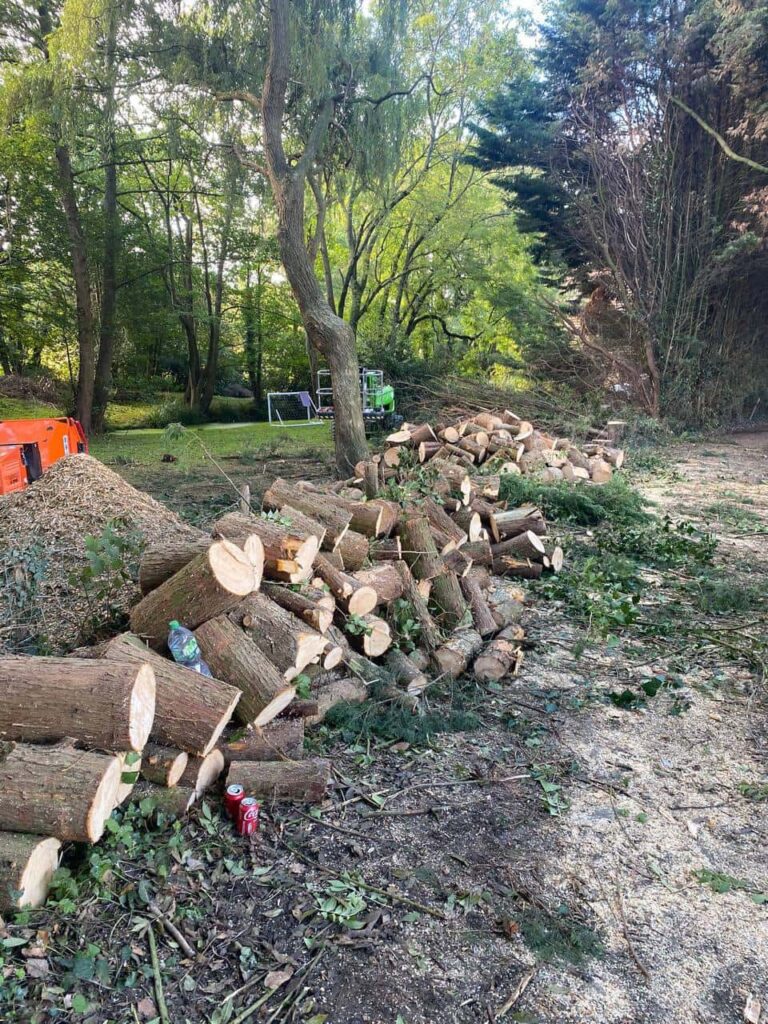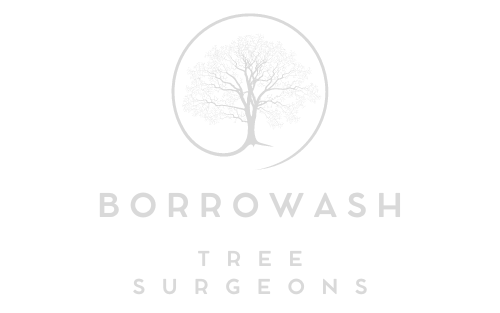Stump Grinding: How to Identify Signs That It’s Time to Grind a Stump
Introduction: Tree stumps can be unsightly and pose various hazards in residential and commercial landscapes. While some property owners may overlook them, knowing when to grind a stump is crucial for maintaining a safe and aesthetically pleasing outdoor space. In this blog post, we’ll discuss identifying signs indicating that it’s time to grind a stump and the benefits of prompt stump removal provided by professional tree surgeons.
Safety Hazards:
- One of the primary reasons to grind a stump is to eliminate safety hazards. Stumps left protruding from the ground can pose tripping hazards, especially in high-traffic areas such as walkways, driveways, or play areas. Additionally, stumps can cause damage to lawn mowers, vehicles, or other equipment if accidentally struck. If you notice a stump posing a safety risk on your property, it’s time to consider stump grinding to mitigate these hazards and ensure the safety of residents and visitors.
Pest Infestations:
- Tree stumps untreated can attract pests such as termites, ants, or beetles, which may infest nearby structures or vegetation. Signs of pest activity around a stump, such as sawdust, holes, or insect swarms, indicate the presence of pests and the need for prompt stump removal. Grinding the stump eliminates the habitat for pests and prevents them from spreading to other areas of the property. Addressing pest infestations early through stump grinding can save property owners from costly damage repairs and pest control treatments in the long run.
Landscape Aesthetics:
- Tree stumps detract from a landscape’s overall beauty and aesthetics, especially in well-maintained gardens or outdoor living spaces. If you want to enhance your property’s visual appeal and create a more attractive outdoor environment, stump grinding is an effective solution. Removing stumps from your landscape opens up space for landscaping, gardening, or hardscaping projects and allows you to achieve the desired aesthetic goals for your property.
New Growth or Regeneration:
- Tree stumps have the potential to sprout new growth or regenerate, especially from the roots or the stump itself. Signs of new growth, such as shoots, leaves, or suckers emerging from the stump, indicate that the stump is still alive and actively trying to regrow. Grinding the stump below ground level is essential to prevent the stump from regenerating and creating new trees. Grinding the stump ensures complete removal and eliminates the risk of future growth, saving property owners from ongoing maintenance and management efforts.
Property Development:
- If you plan landscaping renovations, construction projects, or property development, grinding stumps beforehand is essential. Stumps left in the ground can interfere with excavation, grading, or construction activities and pose obstacles to progress. By grinding stumps before commencing development work, property owners can prepare the site for construction, streamline the project timeline, and avoid costly delays or complications.
Conclusion: Identifying signs that it’s time to grind a stump is crucial for maintaining a safe, functional, and visually appealing outdoor space. Whether you’re concerned about safety hazards, pest infestations, landscape aesthetics, new growth, or property development, recognising the signs indicating the need for stump grinding allows you to take proactive measures to address the issue. By partnering with professional tree surgeons, property owners can ensure prompt and effective stump removal, enhancing the beauty and functionality of their landscapes while safeguarding the well-being of their property and its occupants.
Call us on: 01332 215 097
Click here to find out more about Borrowash Tree Surgeons
Click here to complete our contact form and see how we can help with your tree’s needs.

